If you have ever tried fishing for roach on a river or know someone who does, you have likely heard about—or even experienced—bites so savage that you wonder how it is possible to miss them, only to miss another on the next cast. This is a common occurrence when roach fishing with a feeder and while you cannot expect to hit every bite, using a bolt rig can improve your hook-to-bite ratio, especially when targeting larger specimen fish.
Feeder choice
This rig works best with a block-end style maggot feeder, as it is easier to adapt to an inline setup compared to an open-ended feeder. Additionally, the slow trickle of bait from a block-end feeder encourages fish to compete for the free offerings, often prompting them to shake the feeder in an attempt to dislodge bait. This aggressive feeding behaviour, combined with a short hooklength, increases your chances of hooking more fish.
THE BEST FEEDER RODS WILL HELP YOU SEE ANY BITES YOU GET FROM SPECIMEN ROACH.
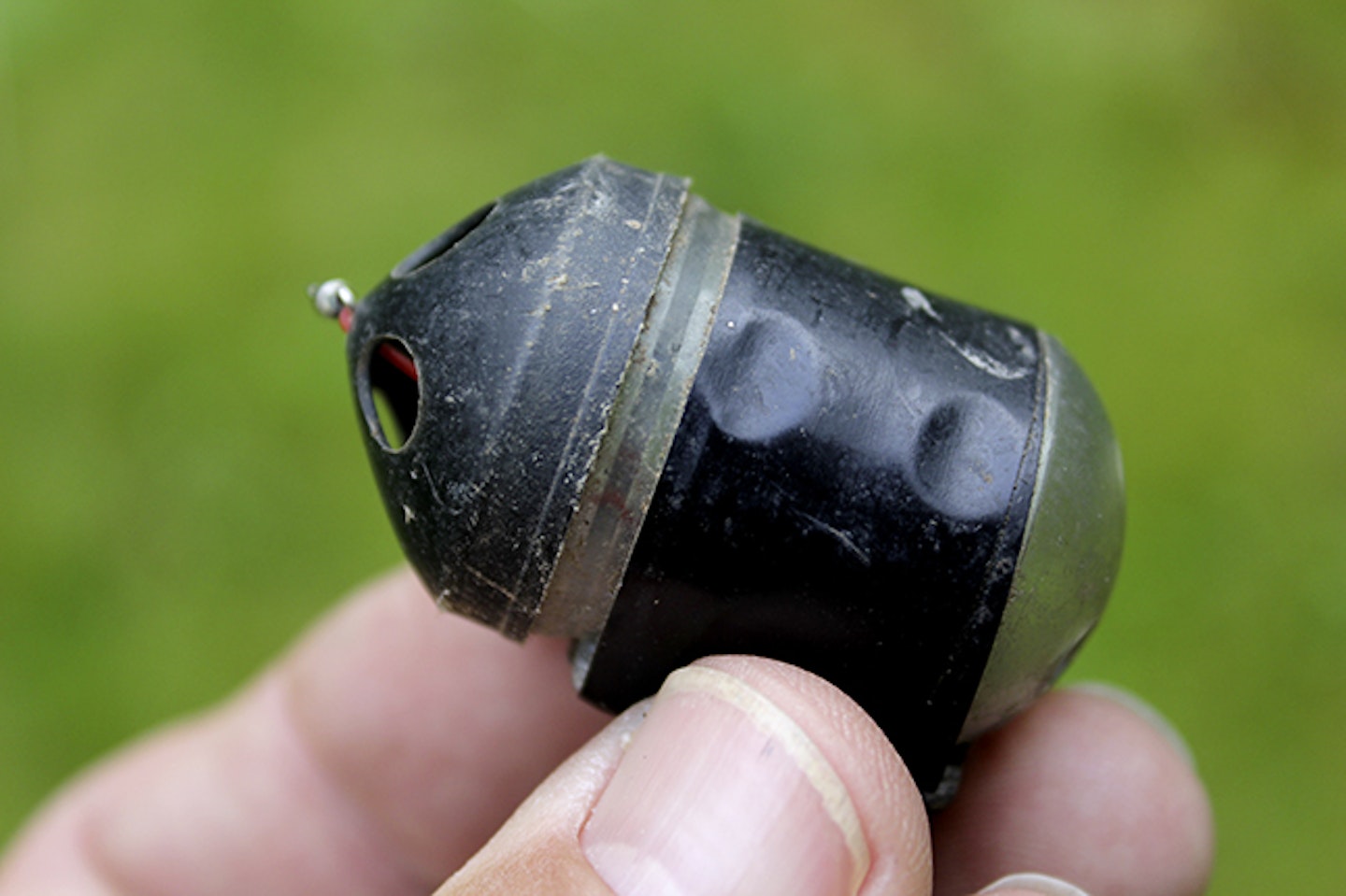
Adapt your feeder
You can use foam to secure your hooklength, but there’s another way to make your feeder more effective. While you can buy an inline feeder for this, they often aren’t available in the exact shape or size you need.
Instead, you can modify your favourite feeder by running a length of plastic tubing through its centre. Look for tubing with a diameter similar to the feeder’s holes and use silicone tubing—float rubbers work great for this—at both ends to secure it in place. If necessary, you can also melt a hole in the feeder to position the tubing exactly where you want it using a hot pin or needle.
IF YOU ARE NEW TO FISHING, HERE IS THE BEST WAY TO SETUP A FEEDER ROD.
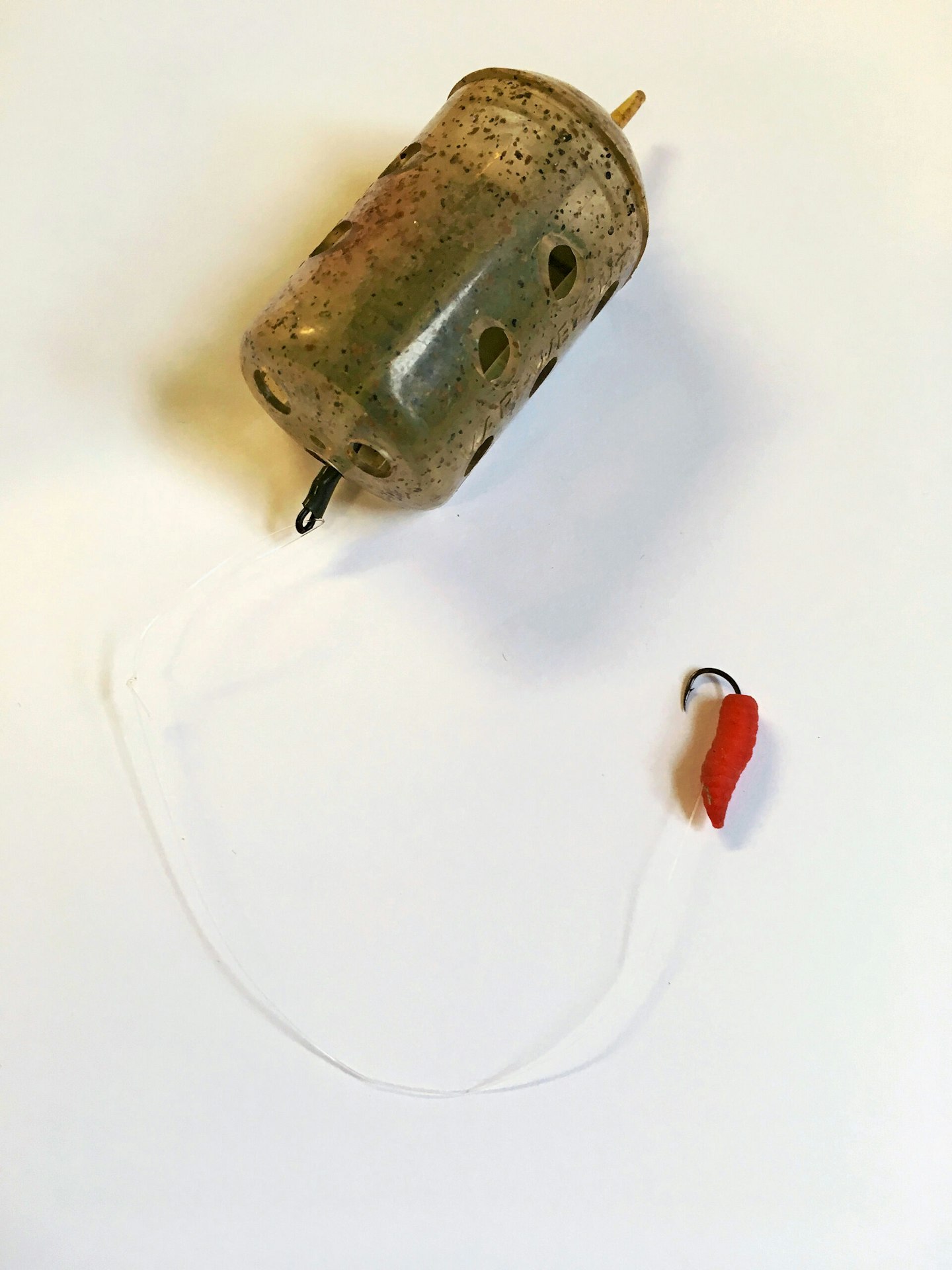
Leave a small section of silicone tubing overhanging the tube at the bottom of the feeder where your hooklength will sit. This helps your swivel sit securely inside, creating a semi-fixed rig. When hooked, roach are notorious for shaking their heads. The silicone helps set the hook before allowing the swivel to pull free from the feeder, preventing them from using its weight to dislodge the hook. Avoid adding anything like stops behind the feeder, as, in the event of a break-off, the fish must be able to free itself easily.
Not only does this setup reduce tangles when using a short hooklength, but it also ensures your hookbaitsits perfectly in the centre of the feeder—right where the free offerings will be falling out and attracting feeding roach.
IF YOU AREN'T CONFIDENT ON RIVERS, THIS ARTICLE EXPLAINS HOW TO CATCH BIG ROACH ON STILLWATERS.
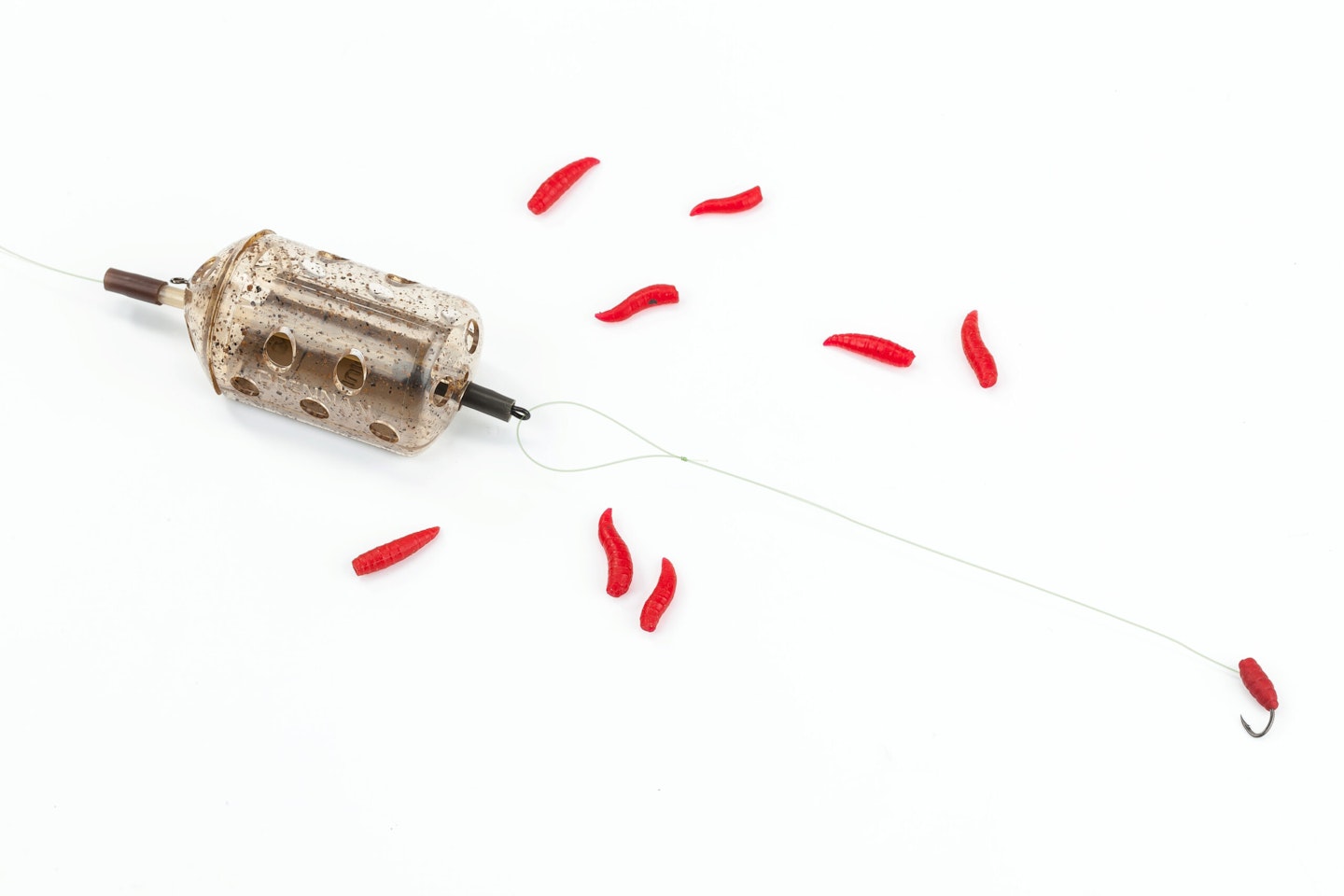
How long is too long
Choosing the right hooklength is crucial for hooking more specimen roach. The ideal length can vary from session to session, but a good starting point is around 10 cm (4 inches). If you're missing bites, shorten it slightly; if you're not getting bites, lengthen it. Adjusting the length based on fish behaviour will help you find the perfect setup for the conditions and following these guidelines should help you dial in that sweet spot and land a massive roach!
This compact rig also allows you to cast into tight spots between weed beds and other areas where conventional rigs might get snagged.
IF YOU LOVE FISHING ON THE RIVER, CHECK OUT THESE SUPERB TIPS TO HELP YOU CATCH MORE FISH.
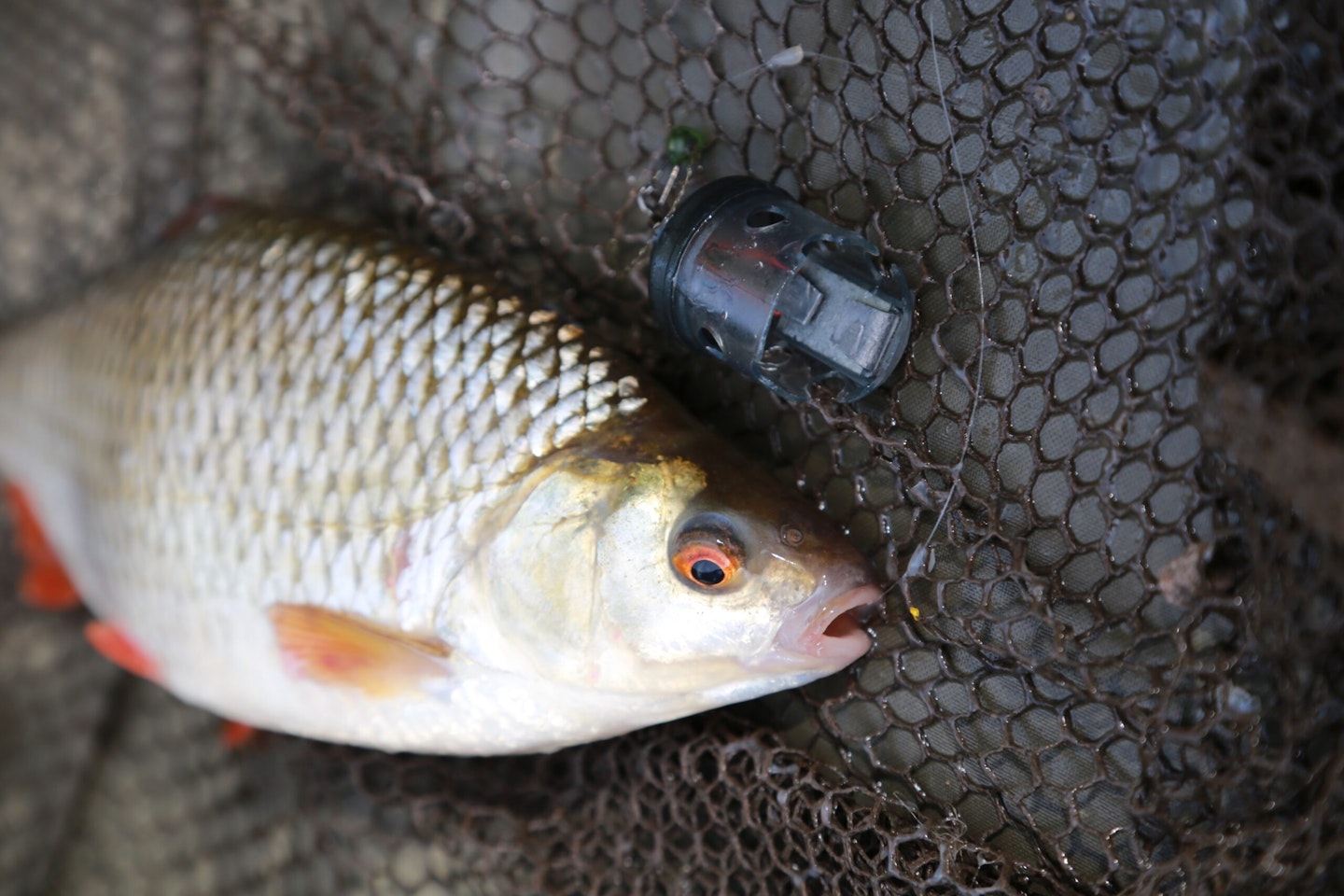
Bait choices
Personally, I like to take two types of bait with me when I go roach fishing: one is maggots, and the other is pellets. If there aren't too many nuisance fish, like minnows and smaller silverfish, maggots are excellent for catching big roach. However, any presence of smaller fish in your swim can make fishing with maggots frustrating. An artificial maggot or caster can help prevent smaller fish from snatching your hookbait away, but they will quickly empty the feeder of loosefeed.
Halibut pellets are totally underused for roach, even though they absolutely adore them. To fill the feeder, 3mm halibut pellets are perfect as they come out easily and aren’t too large which keeps the fish feeding without getting full. My hookbait would be a lassoed or banded 4mm halibut pellet as the slightly larger size gives the fish something to focus in on.
If you are only fishing for a handful of big fish, adding bigger pellets along with a few smaller ones is great as they won't come out, but they can help attract big roach up to the feeder.
IF YOU ARE LOOKING TO CATCH A SPECIMEN ROACH, CHECK OUT THESE AWESOME RIVERS.
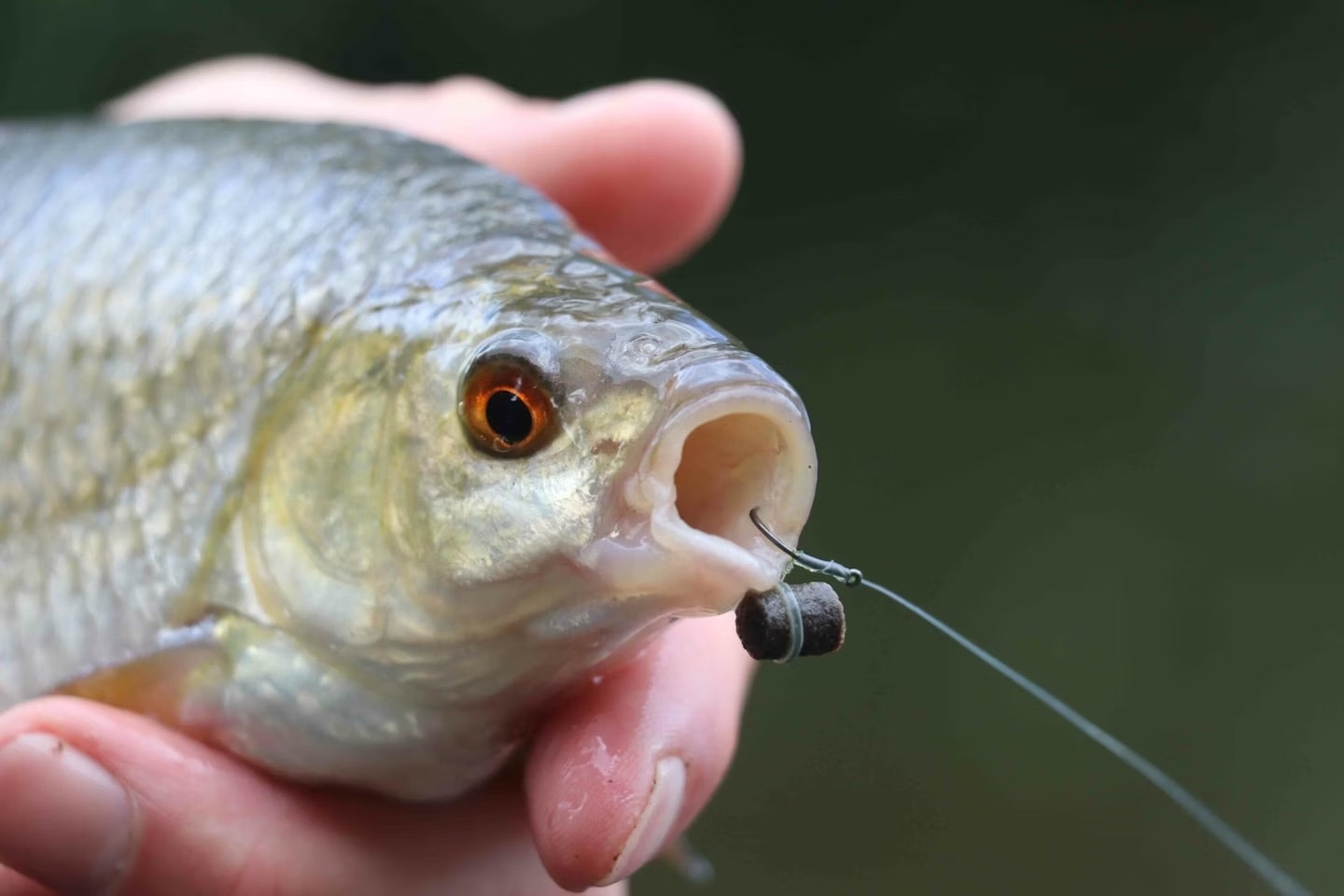
How to tie it
Once you have adapted your feeder or purchased an inline one that you are happy with, the rig is super simple to tie and requires only two steps.
- First, thread the feeder onto the line, then tie on your quick-change link or swivel below that on the mainline.
- For your hooklength, use 4-6lb line (fluorocarbon is great), and a size 16 or 14 hook is sufficient. While it may seem large, the position of the feeder when playing fish can cause smaller hooks to pop out.
- Attach your chosen hooklength to the swivel, before pulling it back into the tubing and you have completed the rig. It really is that simple!
DON'T FORGET TO TAKE A SET OF THE BEST FISHING SCALES WITH YOU TO WEIGH THE ROACH YOU WILL CATCH!

Subscribe to Angling Times magazine today. Choose a Print+ Subscription and you'll get instant digital access and so much more. PLUS FREE UK delivery.
